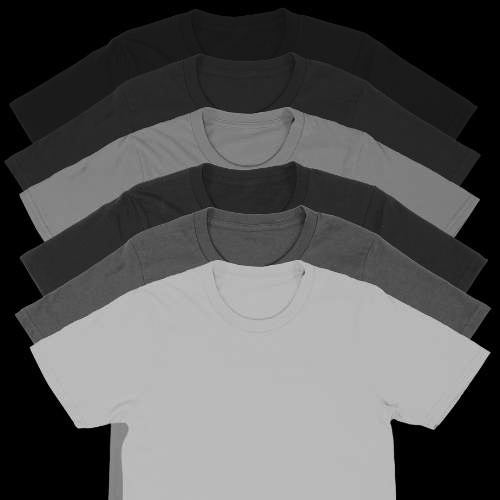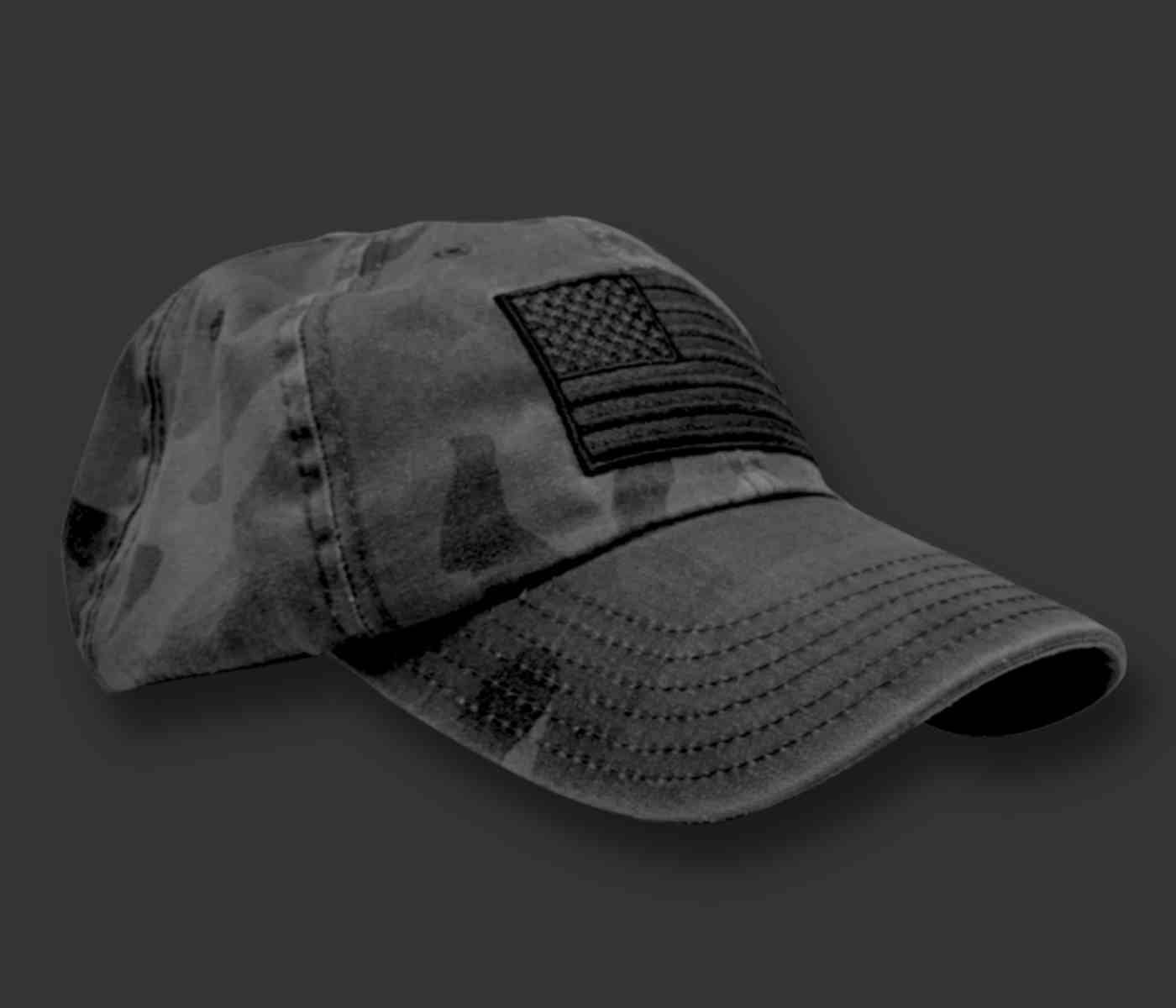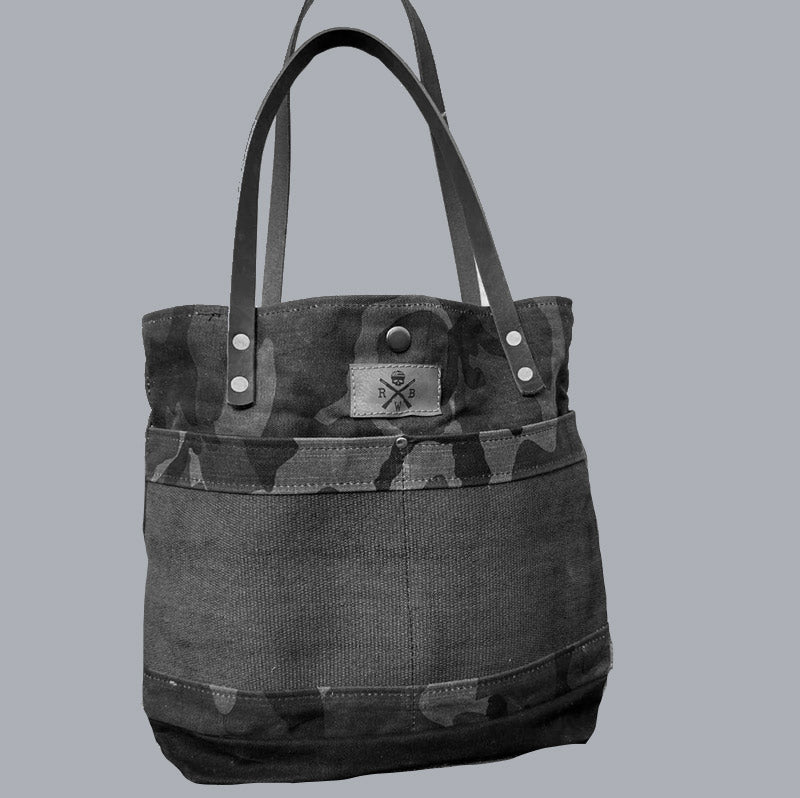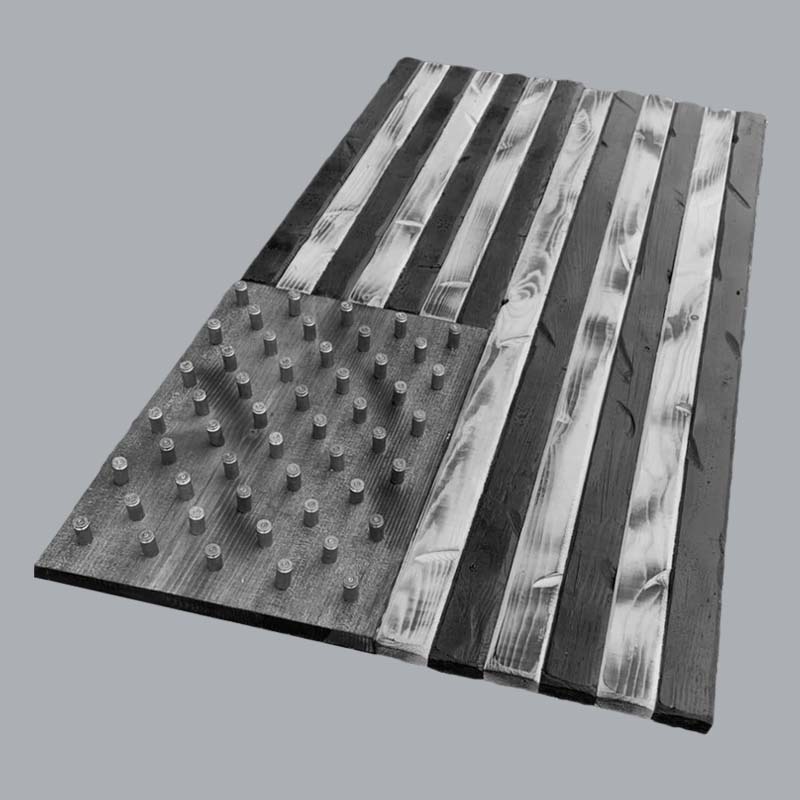
One of our favorite items up on the site is our jungle tiger stripe camouflage hat. It's been in the line for years and continues to be a favorite of our customers as well.
Here's a history of this particular camouflage pattern.
When Did Tiger Stripe Camouflage Enter the Service?
So what exactly is "tiger stripe?" As with all of our camo hats on the site, tiger stripe camo has a unique history, stemming from military service in the late 1950s and early 1960s in Vietnam.
The pattern was influenced by the French lizard pattern used in the early 1950s. It was designed with brush strokes of brown, green, and black to conceal a soldier's body outline within the dense jungle while operating behind enemy lines.
Who Wore Tiger Stripe Camo?
While most of the infantry was dressed in jungle green fatigues, special forces began to adopt the camo pattern worn by the South Vietnamese. While never an official-issue item, elite operators in the US military were outfitted in the tiger stripe camo pattern.
The pattern could be found on boonie hats and fatigues for special forces units in Vietnam. Once adopted, it was the preferred camouflage pattern throughout the conflict.
While our need for concealment has changed to suit each unique mission, a variation was used in Afghanistan for a period of time, changing the colors to conceal in a less vegetative environment. An example of this desert tiger stripe camo pattern can be found on one of our American flag hats, made right here in the USA.
The Tiger Stripe Camouflage Pattern Today
Today, tiger stripe camo is thriving in popular culture. Representative of the Vietnam era, this camouflage pattern can be found on apparel items, in photos, movies, packs, and gear. Popular with military collectors, the tiger stripe pattern represents a block of time in our country's history stemming from the jungles of Vietnam.

















